As the New Year gets underway, here’s a look back at last year’s biggest moments for fish and wildlife
Last year sportsmen and women spoke out meaningfully on the issues that matter most, and thanks to your actions and the actions of our 60 partners we secured some key victories for conservation funding, fish and wildlife habitat, and sporting access.
We’ve been counting down 12 Days of Conservation Wins from 2019 on our social media accounts. In case you missed it, catch up below (and then follow us on Facebook, Instagram, and Twitter).
- With your support in 2019, the TRCP pushed Congress to pass bipartisan public lands legislation. This landmark accomplishment permanently reauthorized the Land and Water Conservation Fund, the nation’s most powerful tool for increasing access to public lands and conserving fish and wildlife habitat; reaffirmed that public lands are open for hunting and fishing unless specifically closed through a transparent public process; and preserved millions of acres of public lands and hundreds of miles of wild and scenic rivers.
- After you spoke up for more public lands access, the TRCP released a second groundbreaking report in partnership with OnX Hunt, which revealed that 6.35 million state-owned public lands are entirely landlocked, limiting sportsmen’s access.
- After 2,300+ of you signed action alerts calling for action on chronic wasting disease, the TRCP and our partners convinced House lawmakers to include $15 million in funding to address and research chronic wasting disease in their appropriations bills.
- Migration crossings and habitat connectivity are vital for healthy game and fish populations. With your support, the TRCP and 44 partner organizations led an effort to secure $250 million annually for migration crossings and aquatic connectivity projects in the Senate 2020 Highway Bill.
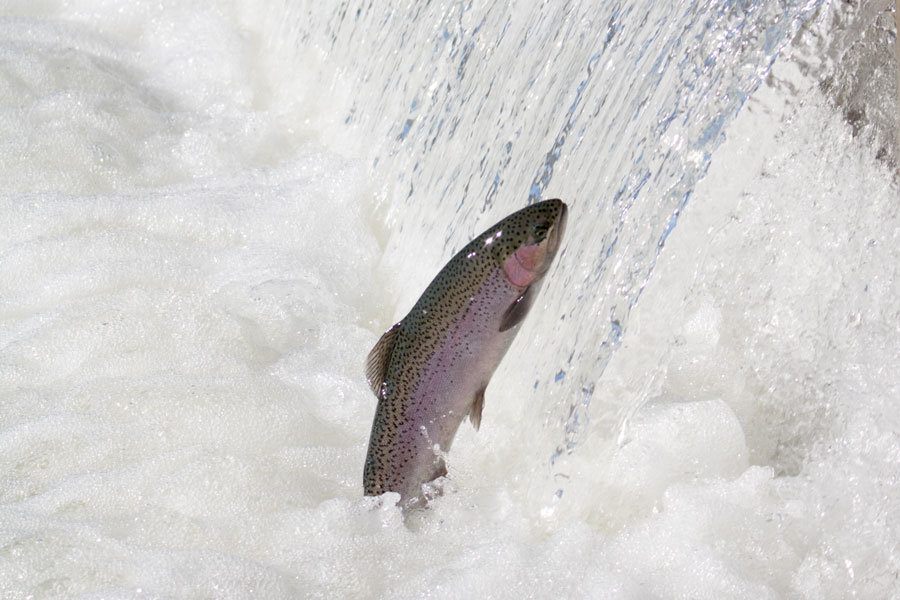
- This year, thanks to the powerful voices of our supporters, the TRCP testified in front of Congress 5 times! First, our chief conservation officer asked Congress to reinvest in our nation’s fish and wildlife resources. Second, we offered solutions to improve public land access. Third, we pitched lawmakers to create better drought solutions to improve habitat. Fourth, our president and CEO urged action to combat Chronic Wasting Disease in our wild deer herds. And during our fifth appearance, our president and CEO returned to Congress to discuss ways to slow the spread of Chronic Wasting Disease.
- Last year, following toxic algae blooms and sea grass die-offs in the Florida Everglades, the TRCP helped to secure $200 million in federal funding for Everglades restoration.
- The TRCP ramped up the pressure on regional fisheries leaders to manage menhaden for their role as a key forage fish and not just as a commercially harvested product.
- With the help of more than 3,500+ individual comments from our members, the TRCP mobilized sportsmen and women to oppose the rollback of Clean Water Act protections for wetlands and headwater streams.
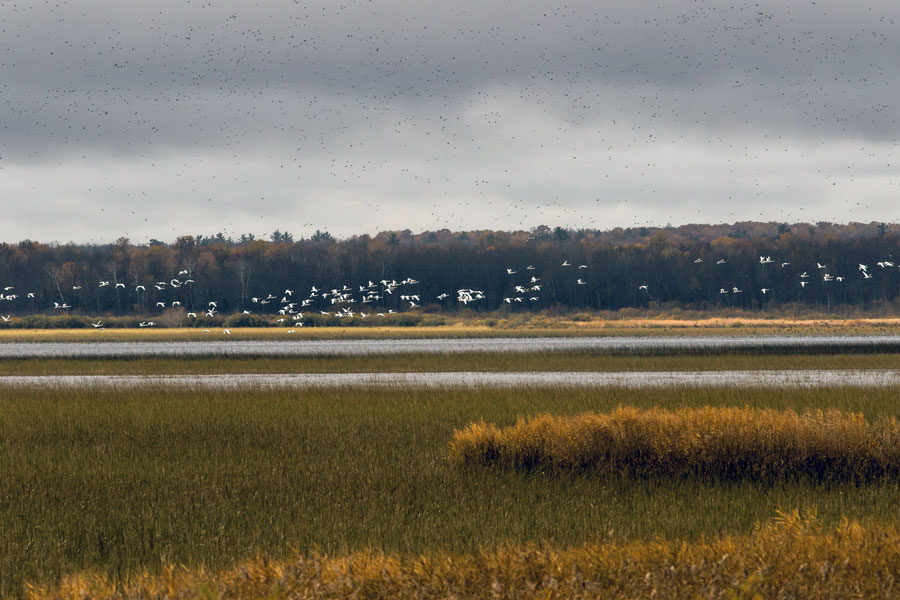
- In 2019, the TRCP held the Administration accountable for implementing the 2018 Farm Bill to ensure that $5 billion in annual funding for conservation hits the ground as soon as possible.
- In December, the TRCP supported bipartisan legislation to modernize the Pittman-Robertson Act, allowing already in-place excise taxes on firearms and ammunition to be used to address declining hunting participation.
- With your backing, the TRCP worked for the passage of the North American Wetlands Conservation Act and the National Fish Habitat Conservation Through Partnerships Act. These critical laws lay the groundwork for stronger management of wetlands, water, and fish habitat.
- The TRCP consulted with Interior officials to secure a Secretarial Order that will help ensure BLM public land tracts, no matter how small, remain in public hands if they are valued for recreational access.
Top photo: USFWS Mountain Prairie

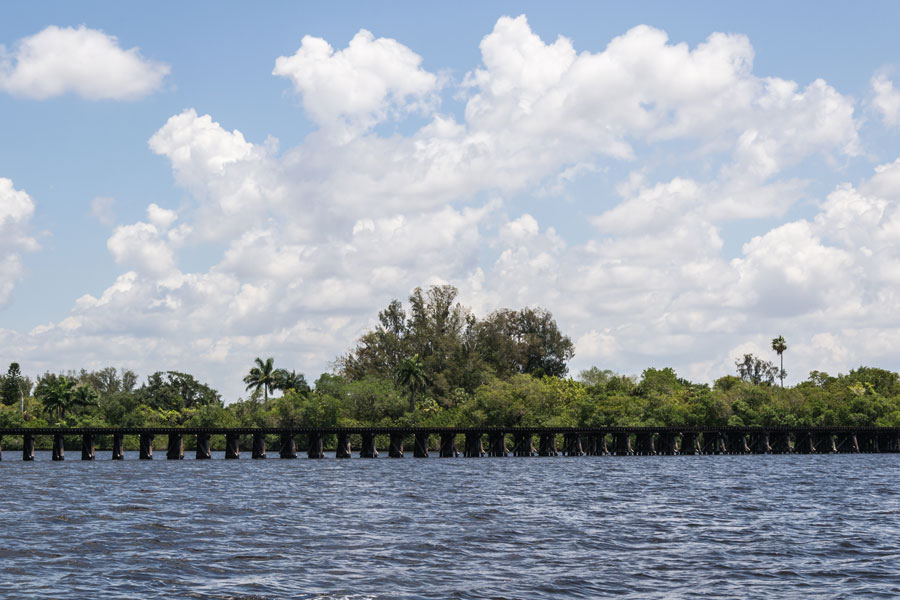
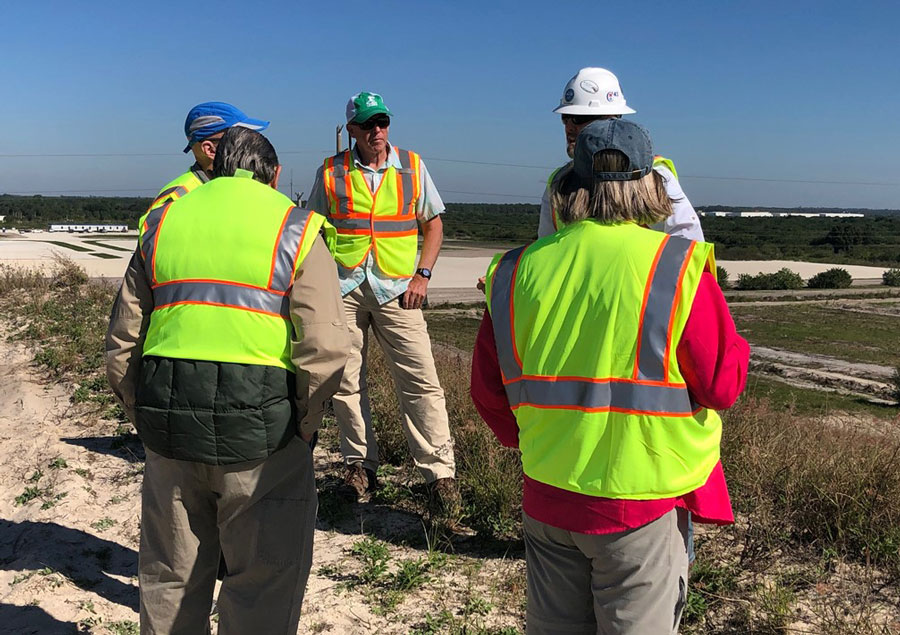
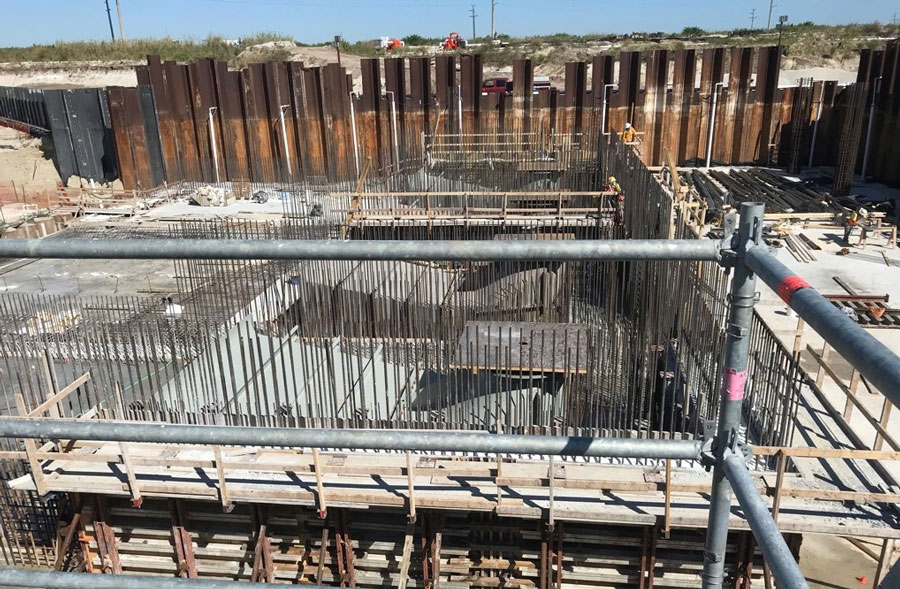

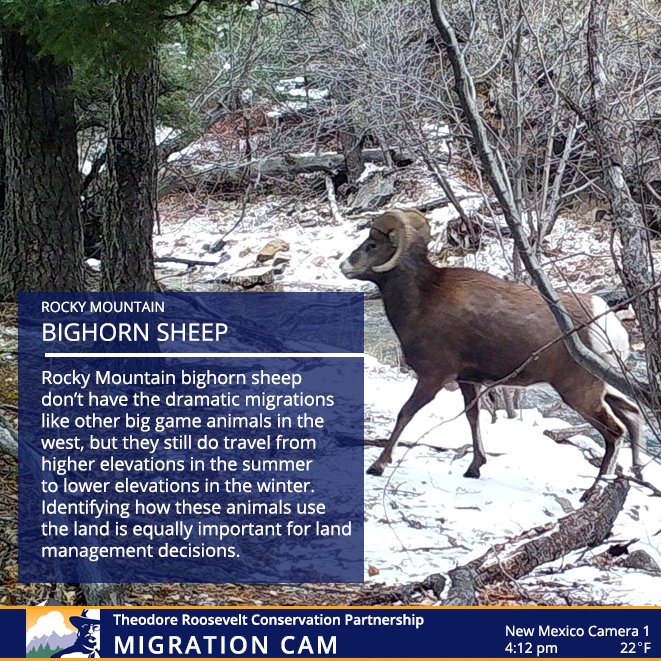
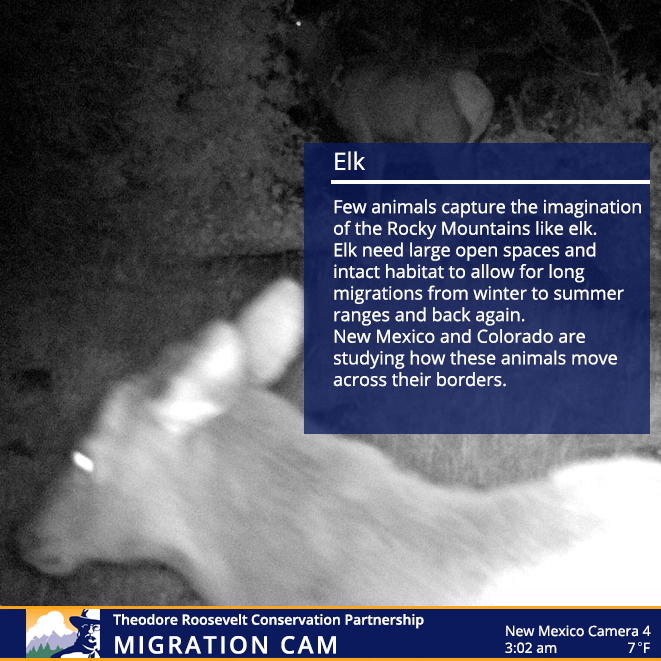
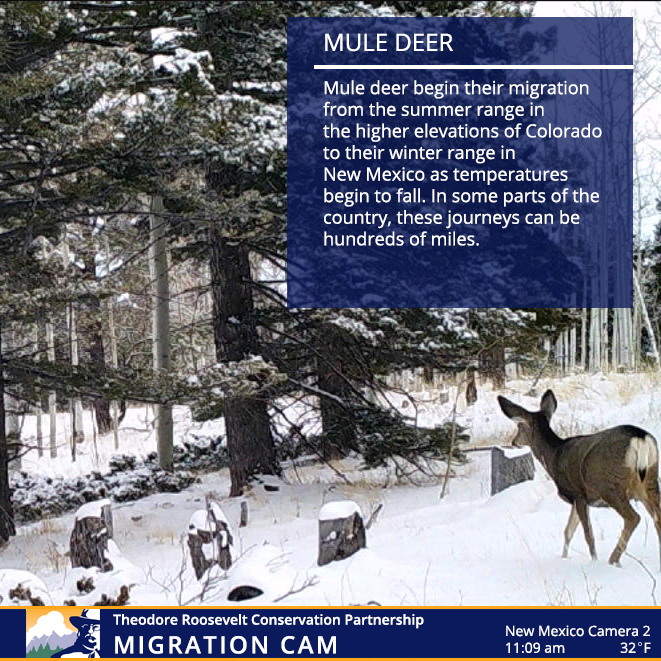




This helps environment and animals god bless
Congratulations to TRCP on these accomplishments during 2019! These successes set the bar high for achieving even more to protect our waters, wildlife, and hunting and fishing heritage during 2020. Of special importance to me as a lifelong hunter is gaining access to the checker-boarded BLM, National Forest, and state trust lands within Arizona, my home state. Much remains to be done here in that endeavor. Thanks for taking these causes on and for making meaningful progress. I am proud to be a member of TRCP.
Brent Reed
Keep up the pressure on the Admistration
In response to the 12 Cons. Wins from 2019 post – I would have promised support, voted for initiatives and had more involvement if I would have been made aware that these projects even existed. That was why I joined TRCP in the first place. Could you send out e-mails to enlist support for these “wins” prior to them being sent to govt. agencies etc. so that I can better help, instead of just showing me a “win list” after the fact– I was only sent one this year. If I’m somehow missing info. on my e-mail, please feel free to respond to this to help me stay better informed. Thank you!
Immediately after sending a somewhat critical comment a few minutes ago, I went cruising through the website and found the info. that I was complaining about not having. I found more of what I need under the Our Issues heading. I apologize for my missing this!
Thank you,Keep up the great work!
Happy New Year
Awesome! Not only do I appreciate the efforts but my grandkids and future generations do too!